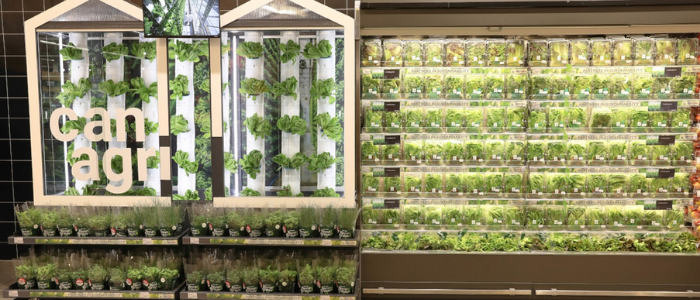
Pick 'n Pay became the first retailer in South Africa to launch “vertical farms” in-store.
The vertical farms will grow various lettuce leaves and herbs from seeds and will be located in the fruit and vegetable section of Pick 'n Pay, the retailer said in a statement on Tuesday (March 22).
Vertical farming is a sustainable, low-carbon farming method that uses 95% less water, 85% less fertilizer, and no pesticides. The system has already been tested in numerous international supermarkets in Europe and the United States, including Marks & Spencer and Whole Foods.
The initiative was developed in collaboration with CAN-Agri, a vertical hydroponic greenhouse farm in Pretoria, which has been a supplier of Pick 'n Pay for over three years.
Pick 'n Pay Vertical Farm has eight growing chimneys, each containing 10 plants, and will be a demonstration of CAN-Agri’s commercial facility method which has 24 rows with 200 growing chimneys spanning six meters of height.
While customers will not be able to purchase products directly from vertical in-store farms, CAN-Agri will be supplying a new range of products, prepackaged in baskets made from recycled plastic, from its farm.
“Understanding where our food comes from is really important and having the opportunity to share this environmentally friendly way of providing delicious, safe and sustainable products with our customers while they shop is a huge opportunity,” said Liz van Niekerk, responsible for produce and horticulture at Pick 'n Pay.
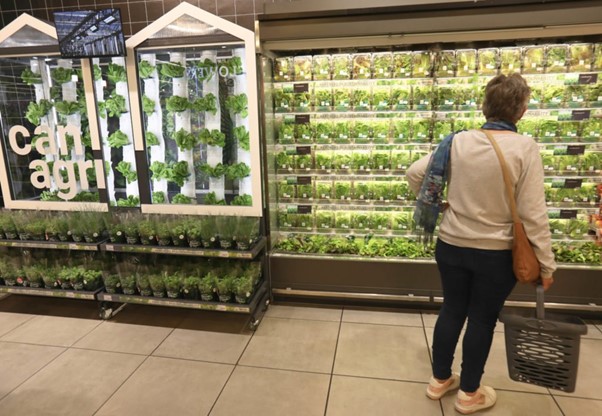
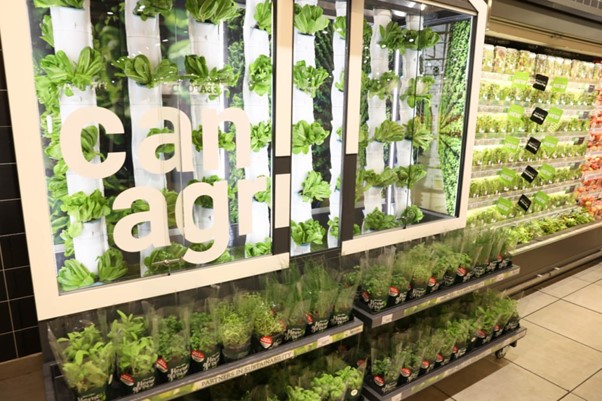
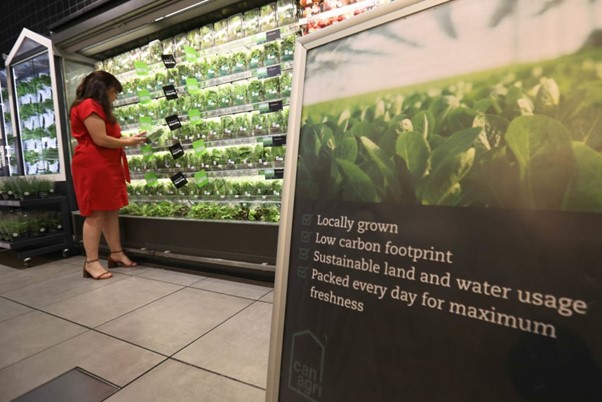
How farms work
Francois van der Merwe, CAN-Agri CEO, said the seedlings are grown in seed trays using biodegradable baskets for three weeks in the nursery greenhouse before being transplanted into grow tubes in the main greenhouse which has 24 rows of six. meters high. Each row has 200 “growing piles” that grow 80 plants each.
“The growing stacks are strategically spaced in rows to allow for maximum sunlight. The purified, oxygenated and nutrient-rich water is fed through the top of the grow tubes, then gravitates through the tubes that run over the plant roots and is recycled in a continuous, closed-loop system,” he said.
Growing piles are also used to control the climate in the greenhouse. The nutrient-rich water is cooled or heated and the culture piles perform the function of a giant radiator while maintaining an optimal climate.
He said their farming method also triples the shelf life of the product. “Our products are free of soil or insects, so we do not wash the products. The normal washing process dents and damages the product, shortening its shelf life“.
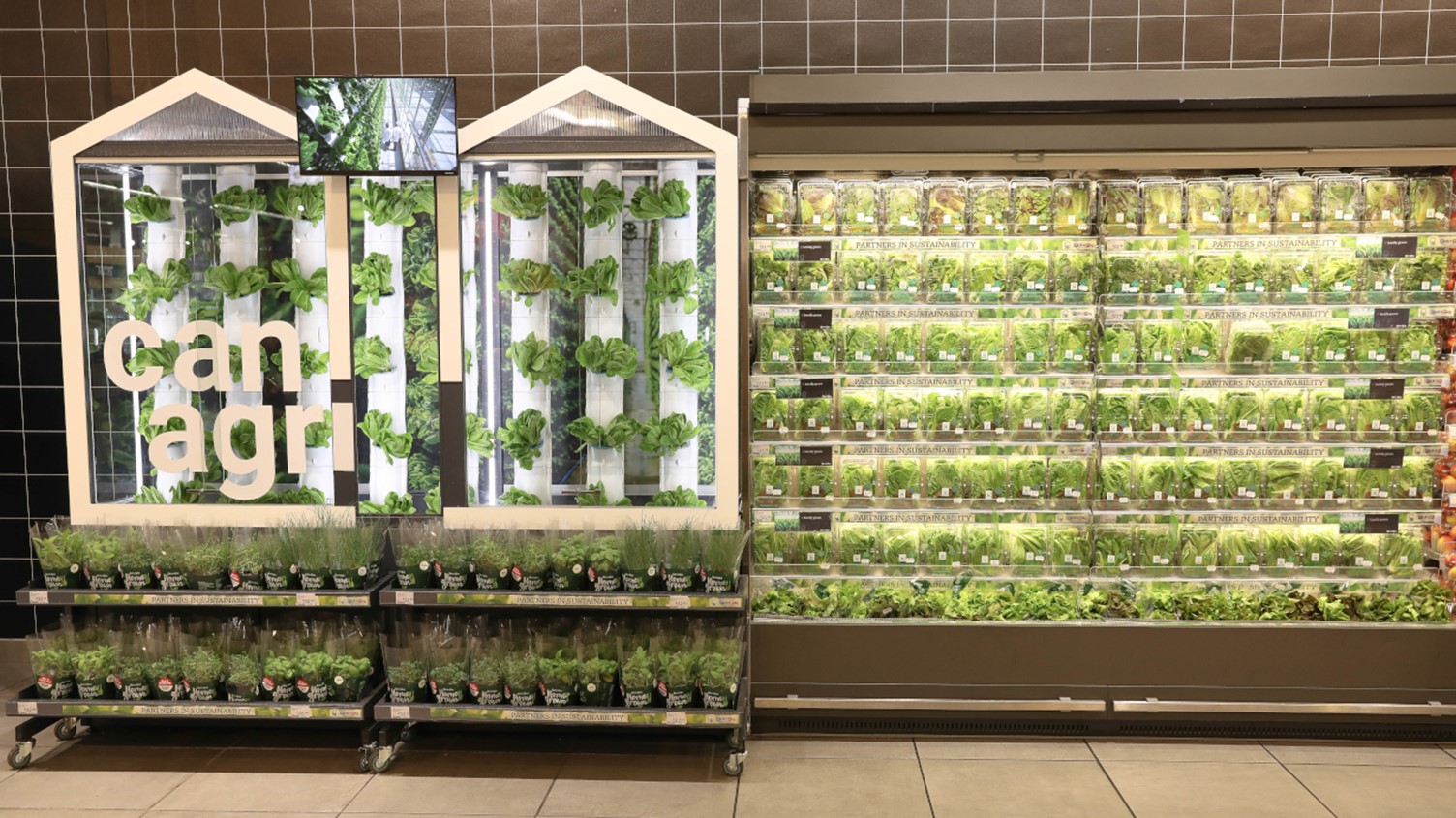

“The controlled growing environment provides a consistent product and means we only harvest what is ordered. Our technology also helps us to do many short (three weeks) growing cycles with no negative effect on our production. Harvesting a younger plant also helps us deliver flawless leaves that taste better. “
A QR code will be added to the package later this year to allow customers to track their produce from seed to table.
“Customers will be able to see where their food was grown, when it was planted, what environmental conditions it was in, what nutrients it received, when it was harvested, packaged and supplied to the store,” said van der Merwe.



